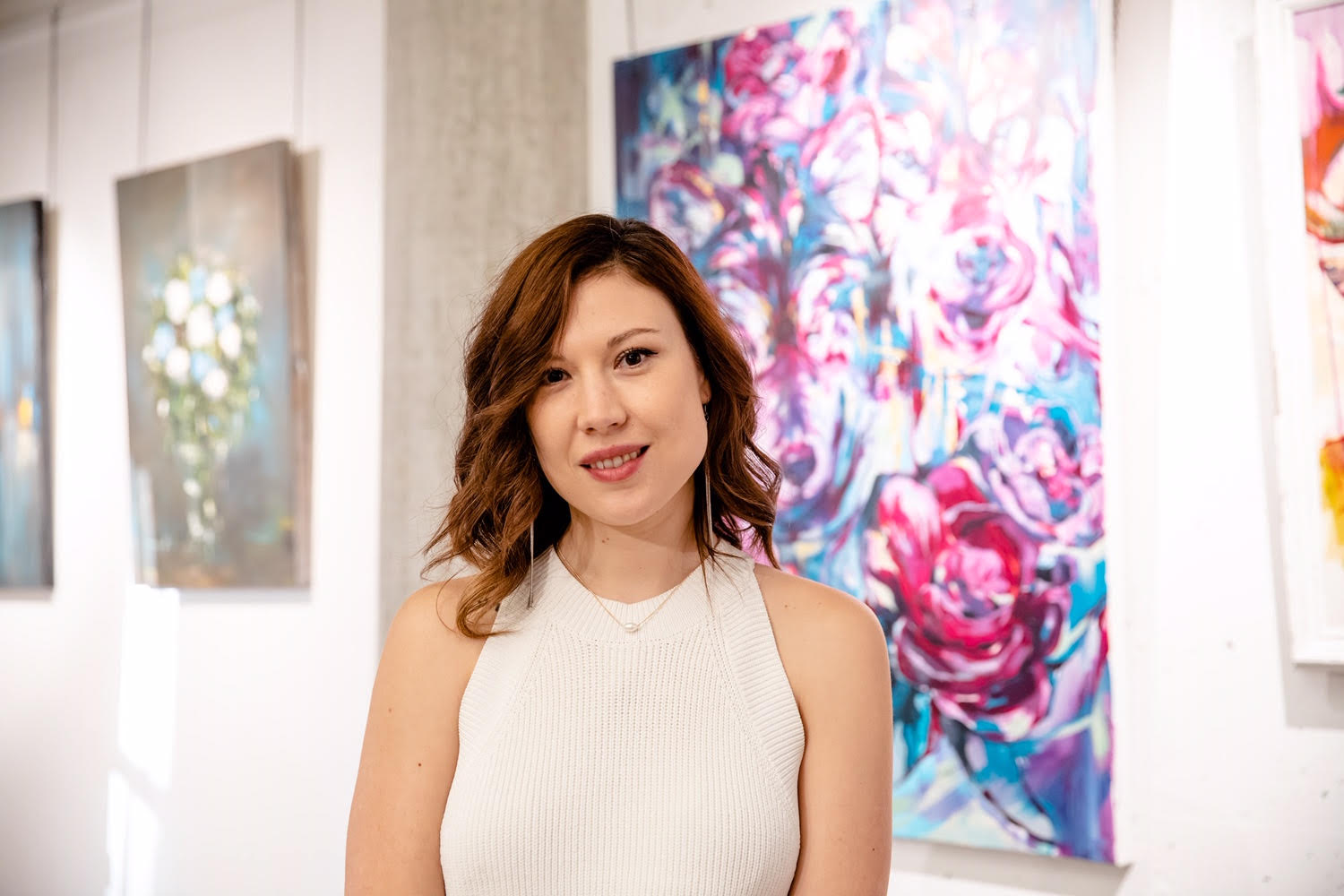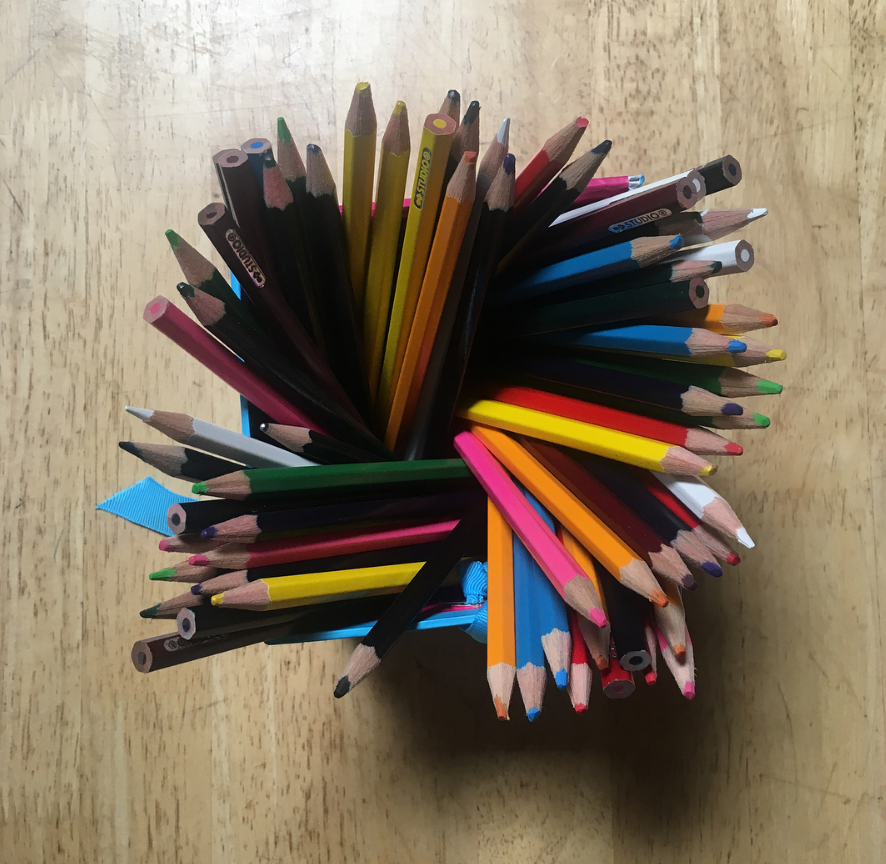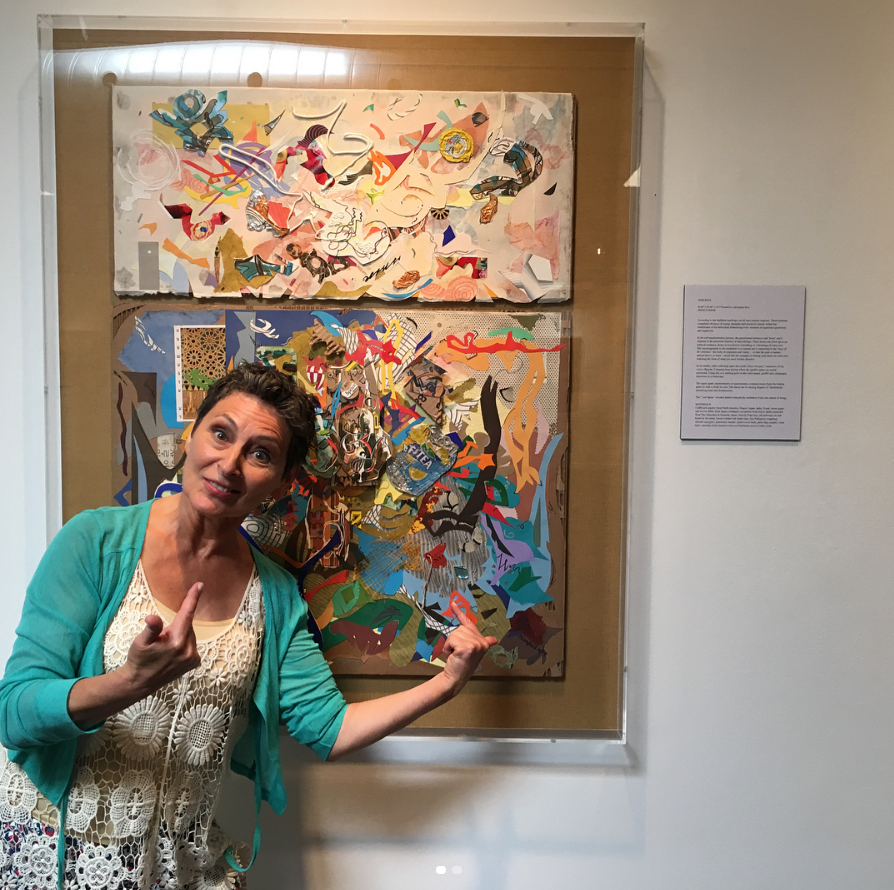Our third Colour Me Bold artist Natasha Dichpan is also a live painter and illustrator. She finds joy in colours and mediums that are diverse and distinctive. Painting for her is a meditation which she practices to calm, to heal and to tell stories. Born in Russia, she spent her early years in Israel and is currently based in Toronto. Her art reflects the transformations she underwent while being in entirely different parts of the world. Her art speaks not one, but several languages. In a short interview with us, Natasha talked to us about her inspiration, experience and her most beloved artwork pieces.
What inspires your art?
My artwork is informed through a combination of raw feeling and formal training. I draw inspiration from my present as much as my past and childhood I spent in Russia and Israel. I hope for my work to echo my passion and to become a call to the vulnerable, optimistic and romantic inner-chords that many of us have in common.
Is there a specific piece that stands out to you? Why?
The two pieces that stand out to me at the moment are “Spirit” and “The Nightingale & The Rose”. They are the two most honest and autobiographical works I’ve created so far. They are pretty much self-portraits.
“The Nightingale & The Rose” by Natasha Dichpan
$1500
“Spirit” by Natasha Dichpan
$1500
Do you use bold colours for a specific reason?
I use either intense colours or no colour at all. I know this about myself - I am very much “all or nothing” kind of person, especially when it comes to things that matter most to me. I enjoy using odd colours for natural subjects like portraits or animals, picking colours that are not easily found in nature. It gives my subjects a touch of surrealism, a touch of mystery that I enjoy weaving.

















